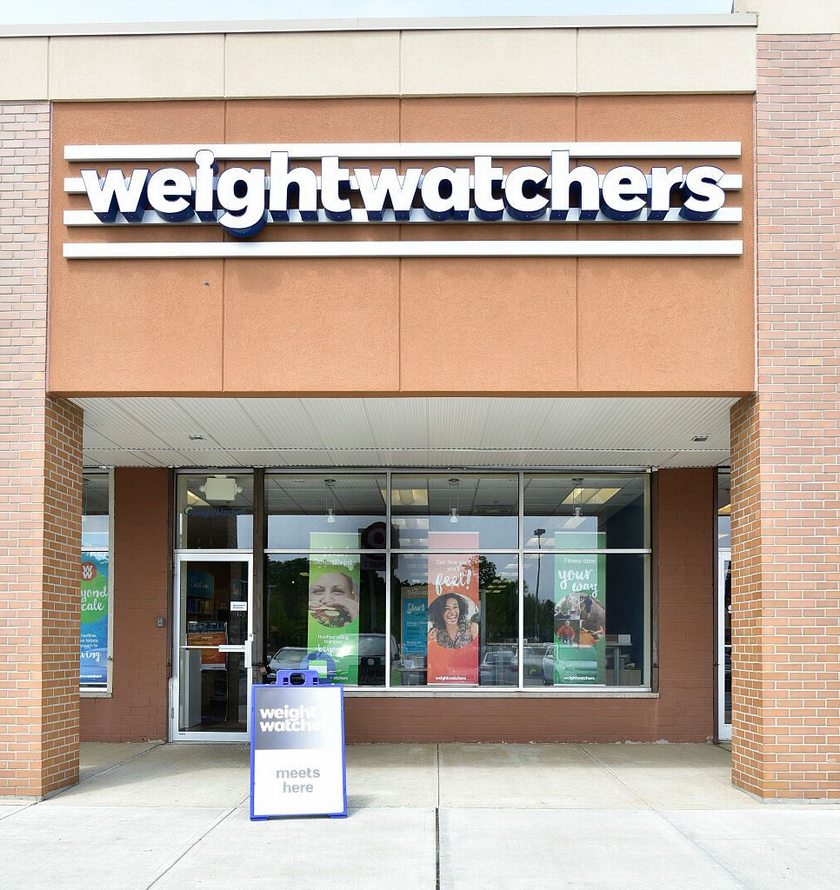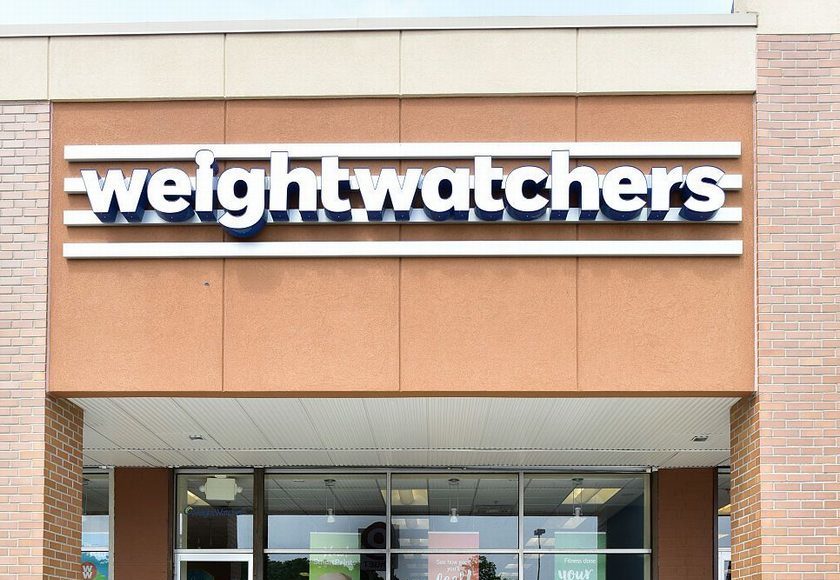If you’re looking for help getting started on a healthy routine in the new year, you may be considering Weight Watchers. It was just named the best diet of 2020 for the 10th year in a row, based on expert rankings released by U.S. News & World Report. Healthcare providers and nutritionists alike praise Weight Watchers (now formally known as WW) for its straightforward point system that allows dieters to drop a few pounds by helping you make healthy choices at mealtimes (even if you’re eating out!). But Weight Watchers’ plans often change, and this year is no exception. In fact, the brand has overhauled its offerings with three new options in 2020 to encourage dieters to eat more of their favorites (think: pasta and potatoes), while promoting moderation rather than sacrificing staples we all love to eat.
WW isn’t the same Weight Watchers that your mother joined back in the day, either — many dieters can get started right away by signing up for WW’s Digital program, which allows you to bypass any in-person meetings at a local WW. Dieters will simply rely on WW’s mobile app to log their meals, keep track of their daily progress, and get helpful diet resources to aid them in their weight loss journey throughout the year. You’ll also get access to a handy mobile assistant even if you choose to select a diet plan that includes in-person meetings or a personal coach: If you’re looking for a more affordable option, however, WW’s Digital might be best for you, as membership rates can be as low as $4 a month.
We’re exploring all of the new plans available to WW dieters this year below; whether you’re brand new to Weight Watchers altogether or you’ve already found success while on the program in years prior, here’s what you need to know to get started.
What are Weight Watchers’ new plans?
There are three new plan for dieters to choose from, each of which falls under the company’s new program, officially known as “MyWW.” These plans are all designed to include more options than ever before, including some starch-heavy pantry staples that once cost dieters countless points in previous years. All three plans are structured around what’s known as “ZeroPoint” foods, meaning you can indulge in these items without having to measure them precisely or track them in your WW app. While there aren’t any foods that are strictly off-limits, the plans encourage dieters to reach for more ZeroPoint foods that won’t eat into their daily point limits.
Courtesy of Weight Watchers
- Green Plan: If you’re just starting your weight loss journey, this option may be best for you. There’s a list of 100+ ZeroPoint vegetables and fruits that you can regularly incorporate into your meals, helping you find satiating, wholesome staples that experts believe are less likely to be overeaten. The Green Plan comes with the largest WW SmartPoints daily budget, meaning you can also enjoy more of the foods you may already be eating at home. You’ll need to frequently log your meals on the WW app to maintain progress, however.
- Blue Plan: Those who have already tried Weight Watchers will be most familiar with this plan. There are 200 different items counted on this plan’s list of ZeroPoint foods, which includes certain lean proteins, eggs, beans and non-fat yogurt. The trade-off? A tighter allowance on daily SmartPoints.
- Purple Plan: This plan has a very modest SmartPoints budget, but the list of ZeroPoint foods here chalks up to 300 different wholesome ingredients, so you shouldn’t feel too restricted on a daily basis. This plan allows you to eat whole-wheat pasta and potatoes without adhering to strict measurements, a feature that’s exciting for many new dieters.
Gary Foster, WW’s chief scientific officer, told USA Today that the new plans were developed over the last two years, drawing on behavioral data from leading health experts. Early trials of the new diet plans found that dieters reportedly enjoyed a 21% decrease in hunger levels overall, according to a six-month clinical trial conducted at the University of South Carolina and highlighted in this WW press release. Foster shared with USA Today that none of the plans are reported to be “better” or healthier compared to one another; rather, they’re engineered to meet you in the middle.
If you’re slowly easing into a new diet routine, WW’s Green plan may be the best choice — but the Purple plan may feel more like a regimented diet for those searching for more structure.
How do these plans differ from Weight Watchers’ Freestyle?
While you won’t be able to find the Freestyle program on WW’s sign up page, rest easy: The Blue Plan is largely the same as the previous Freestyle program. Just like with Freestyle, all new dieters will start by taking a personalized assessment, which enables you to choose the best plan for your desired results. But the ZeroPoints list of foods and overall SmartPoints structure associated with the Freestyle plan has been largely rolled into myWW Blue. You can sign up for that program right now—or get started on any of WW’s newest diet plans by taking your personalized diet assessment right here.
Mister Lynch via WW USA
Are Weight Watchers’ new plans healthy?
Unlike other diet programs, Weight Watchers doesn’t harp on restricting your choices when it comes to food staples, and it emphasizes the importance of portion control and leaning on wholesome ingredients. Plus, it stresses weight loss over a longer period of time: the WW website maintains that members should expect to lose anywhere from one-half to two pounds each week on the plan. The addition of three different plans to add more customization is promising, says Los Angeles-based performance nutritionist Cynthia Sass, MPH, RD, CSSD. Like many other health experts, Sass believes that one diet doesn’t “fit” all. “I think that customizing an eating strategy to better fit what’s realistic, doable, and sustainable for you will likely lead to better long term results.”
More importantly, however, numerous clinical studies have shown that WW’s diet programs support healthy weight loss that dieters can maintain. The results from a 2017 clinical trial published in The Lancet shows that obese adults who followed a WW program for one full year lost more weight than those who used self-help materials; plus, these adults were better able to maintain their weight loss over two years. A separate review of 39 different studies published in 2015 in the Annals of Internal Medicine, found that those who followed a WW program lost nearly 3% more weight compared to those who received other forms of counseling.
With the research in mind, Sass still says that Weight Watchers may be flawed in that some dieters may still end up eating too many over-processed foods due to their point allowance. “With my clients, I emphasize choosing primarily unprocessed foods, as well as macronutrient balance, and consistency,” she shares. “I’ve seen people ‘save’ up their points for big splurges, which throws off balance in the long run… It’s important to examine what feels like a good fit for you, and find a strategy you can continue to follow long term, as a lifestyle, not a short-term ‘diet.'”
And while much of the research conducted on Weight Watchers’ programs in the past closely examined those who attended in-person meetings, Sass says that starting with a digital-only plan may actually be a better way to truly glean learnings from the program. “I think that for some people an app can actually be more effective. If you’re already tech savvy and keep your phone at your fingertips, it may be one of the primary ways you receive information.”











